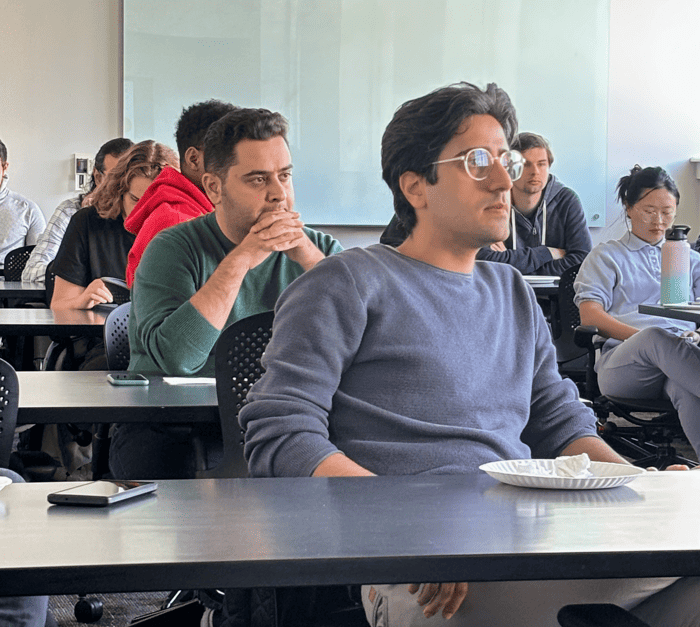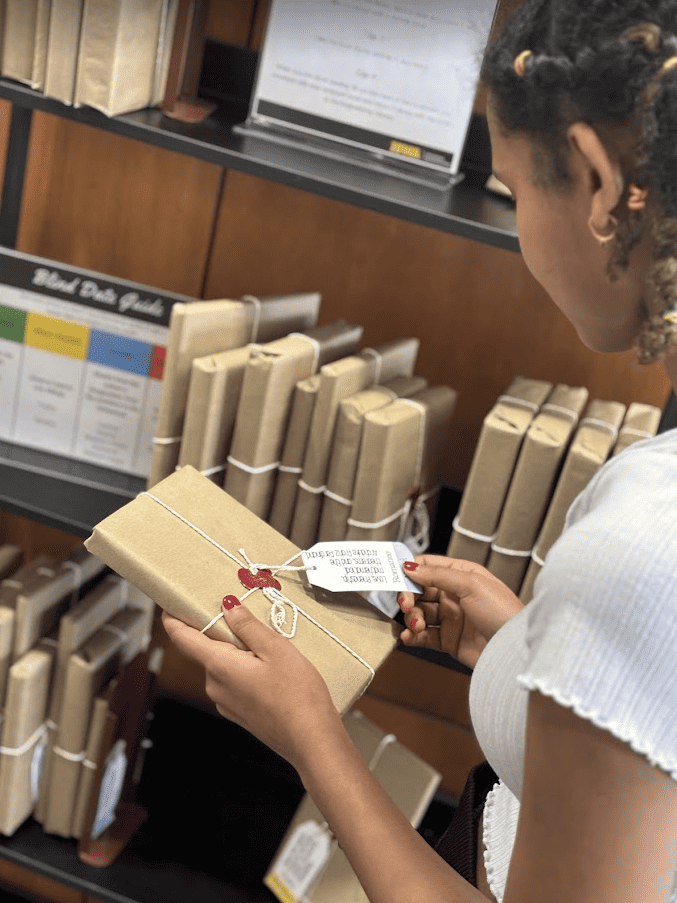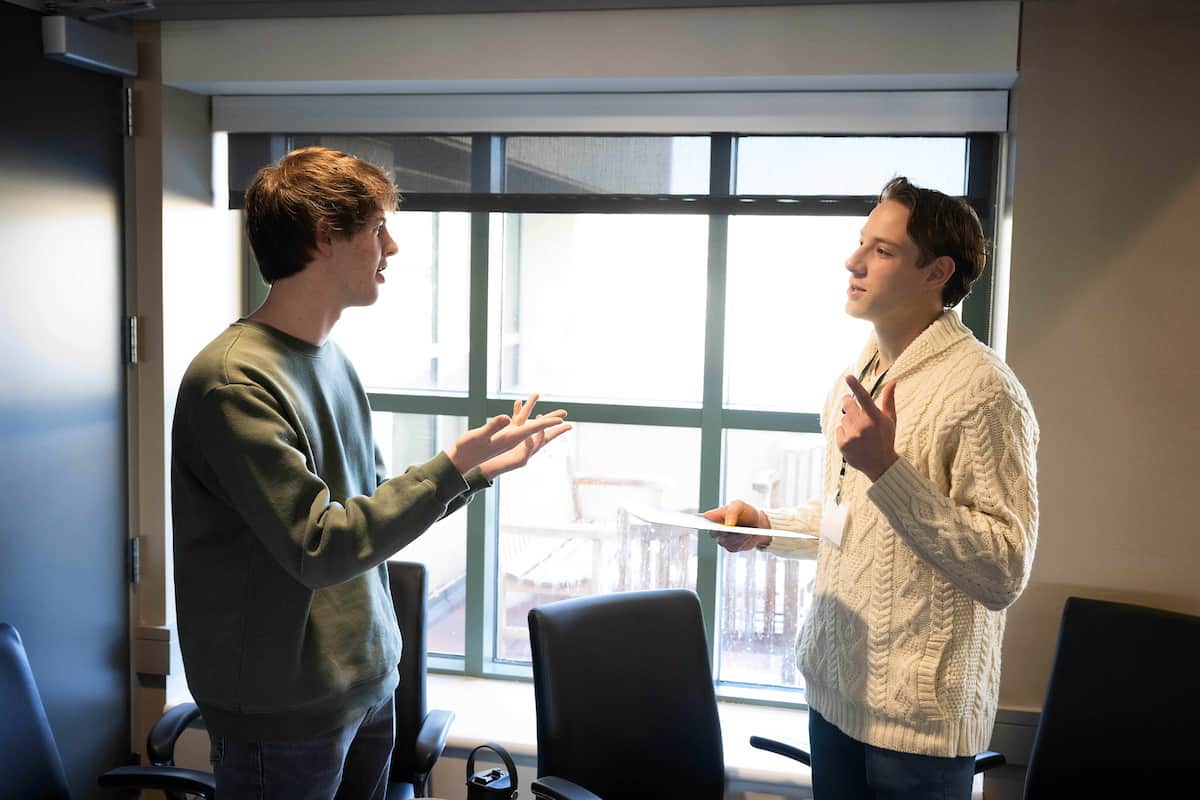Each semester we like to highlight our student workers who are graduating. This semester, our cohort of graduating student workers is four students strong. CJ Brauns Hometown: Coralville, Iowa Degree: Master of Arts in Library and Information Science Post-graduation plans: I’m currently applying for full-time library jobs. For now, I will continue to work atContinue reading “Congratulations to our spring 2024 graduates! “
Category Archives: Uncategorized
Learn about the history of the Chia Pets trademark and make your own plant buddy
While perusing a housewares trade show in San Francisco in 1980, advertising and marketing executive Joseph Pedott stumbled upon some curiously popular gifts: terra cotta planters shaped like rams that could be covered with Salvia hispanica (also known as “chia”) seeds. Pedott reached out to the inventor, Walter Houston, and purchased the rights. In 1982,Continue reading “Learn about the history of the Chia Pets trademark and make your own plant buddy “
The unsung hero of innovation: why data management is crucial in engineering
In the world of engineering, a secret hero often goes unnoticed: data management. It might not be as glamorous as the latest design software or cutting-edge materials, but effective data management is the foundation for successful engineering projects. Here are a few reasons why data management is an important part of any engineer’s toolkit: ItContinue reading “The unsung hero of innovation: why data management is crucial in engineering “
Sink your teeth into these Pi Day reads
Happy Pi Day (3/14)! Celebrate this captivating constant by reading some books on pi from our collection. There’s a book for every kind of pi fan. For the curious newcomer Π: a biography of the world’s most mysterious number by Alfred S. Posamentier & Ingmar Lehmann Written for non-mathematicians, the book aims to entertain whileContinue reading “Sink your teeth into these Pi Day reads”
No time wasted: What is Leap Day, anyway?
Every four years, the Gregorian calendar gives us an interesting phenomenon called a “leap year.” The result? Countries that follow the Gregorian calendar end up with an extra day on the calendar: Feb. 29. So why does this chronological quirk hit every four years? It actually takes Earth 365.242190 days to orbit the sun, leavingContinue reading “No time wasted: What is Leap Day, anyway?”
Engineering Open: Minigolf Design Challenge 2024 Results!
We had a fantastic time trying out all the new fairways at the teams created for the Engineering Open on Friday, Feb 23. Congratulations to the winners and thanks to all who joined us! Whether or not you took home one of our 3D-printed trophies, you’re all champions to us, and this tradition is definitelyContinue reading “Engineering Open: Minigolf Design Challenge 2024 Results!”
Find your next read by checking out Blind Date with a Book at Lichtenberger Engineering Library
Get a jump on your reading goals in a fun and surprising way with our Blind Date with a Book. You can check out a surprise book by visiting the main floor of the Lichtenberger Engineering Library and finding the Blind Date with a Book shelf in front of the wooden wall. If you haveContinue reading “Find your next read by checking out Blind Date with a Book at Lichtenberger Engineering Library”
Feb. 7 InnoConnect networking event brings JPEC to Lichtenberger Engineering Library
Unlock the power of collaboration! The Lichtenberger Engineering Library is partnering with the John Pappajohn Entrepreneurial Center’ (JPEC) to bring you InnoConnect: Uniting Minds in Business and Tech. This brand-new, two-hour speed networking event on Wednesday, Feb. 7 is designed for aspiring innovators and budding entrepreneurs. Not sure where to start? That’s fine—attendees don’t haveContinue reading “Feb. 7 InnoConnect networking event brings JPEC to Lichtenberger Engineering Library”
ACM open access agreement extended for University of Iowa authors
Association for Computing Machinery (ACM) Read-and-Publish Agreement for Open Access Continuity The University of Iowa Libraries is pleased to announce the extension of the Read-and-Publish agreement with the Association of Computing Machinery (ACM) for three more years (now effective through Dec. 31, 2026). Through the agreement, all corresponding authors affiliated with the University of IowaContinue reading “ACM open access agreement extended for University of Iowa authors”
What’s in store this semester at the Engineering Library
Welcome back! We’re happy to see you again. Here are a few events you can get involved in this semester with the Engineering Library: Join a team today for the Engineering Open: Mini Golf Design Challenge! The Mini Golf Design Challenge is back! Get creative and join a design team to build a mini golfContinue reading “What’s in store this semester at the Engineering Library”


